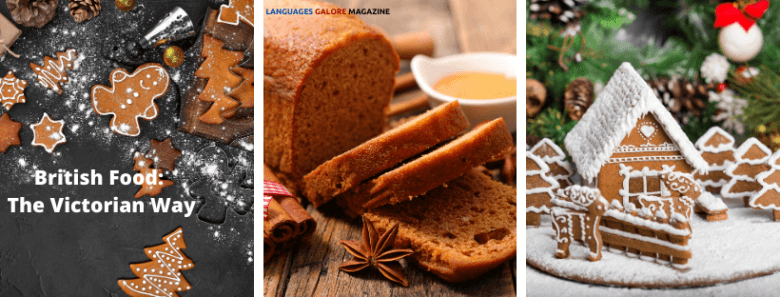During Victorian England urban poverty was visible in degraded areas of London. The diet of English workers at that time was based on bread and potatoes, with bacon when extra earnings could be saved, as well as one of the most famous British fast food: fish and chips. The main problem of Londoners during the period was to get fresh food because the latter had to travel long distances before getting to London. In fact, one of the main causes of many diseases that flooded London during those times was the low consumption of fruit and vegetables that took too much time to reach the town.
The railways were the most influential factor for both the quality and the quantity of food available in the cities. Before the massive construction of railway infrastructures, bulky goods had to be carried by sea, river and canals. The long time needed for transportation prevented fresh foods from arriving intact in London.
Cookery books also had a great impact on the 19th century cooking style. However, their influence had little to do with the genre: they were in fact more related with the fact that women’s education level was growing. The first example is Modern Cookery for Private Families by Eliza Acton (1845). The book is stuffed with essays, engravings, illustrations and poetic descriptions, making it a collection of poems more than a cookery book. A second important example is Mrs Beeton’s Book of Household Management by Isabella Beaton (1861). This one is much more pragmatic and is the first cookery book to mention aspects concerning costs, quantities, and preparation times.
Still today television baking competitions are incredibly famous all around the world. Let’s think about England: The Great British Bake Off, Nigella Bites (by Nigella Lawson) and Mary Berry Cooks. Many of these tv shows still use some of Acton’s or Beaton’s recipes such as in the Mary Berry’s Ginger and treacle spiced traybake. Speaking of ginger, the first recorded mention of gingerbread being baked in London dates back to 1793, although this was probably earlier, as ginger had been stocked in high street businesses since the 1640s. Today one of the most popular shapes of gingerbread is the gingerbread house which has become a common Christmas staple.
Enjoy your meal and Merry Christmas!
Questo articolo è stato scritto da Arcadia Fiorini, postgraduate student in Foreign Languages, Literatures and Modern Cultures, UNITO.

